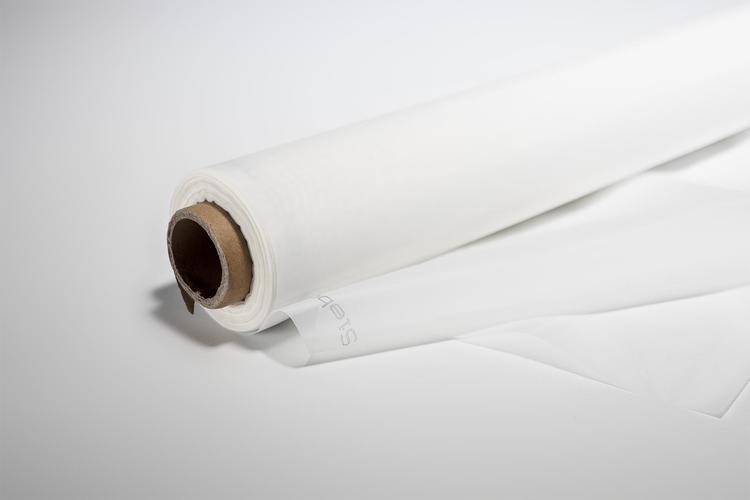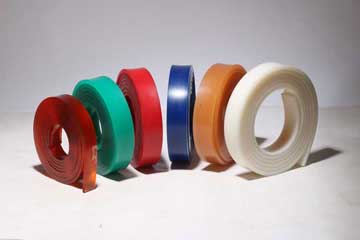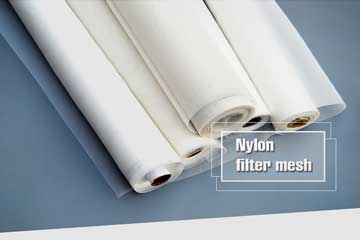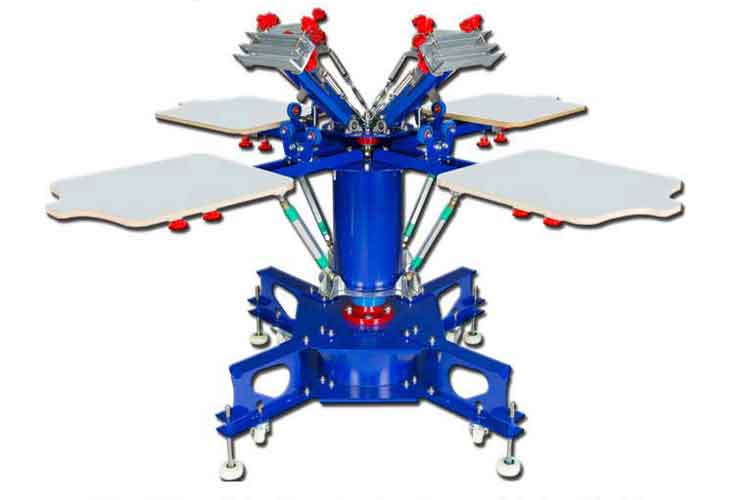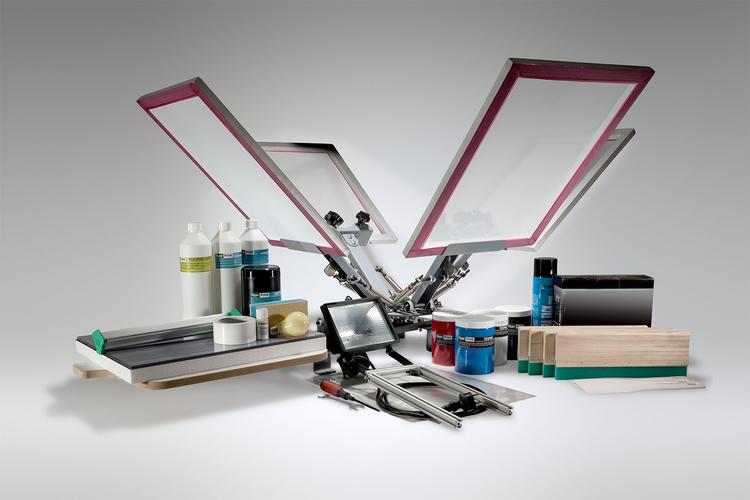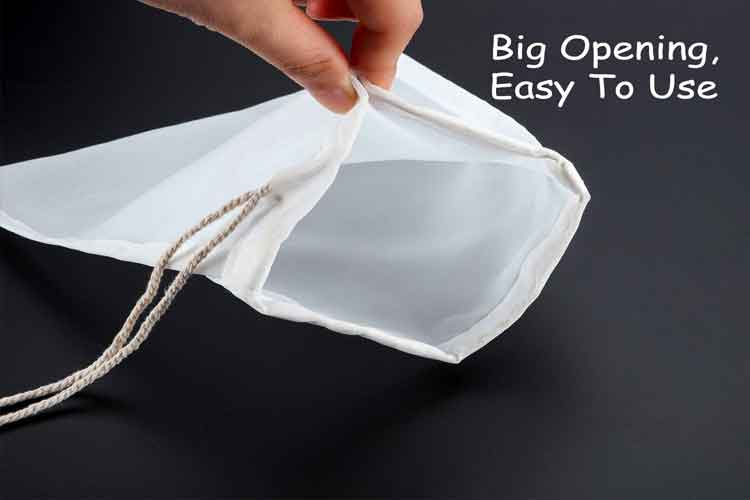Emulsion Scoop Coater: Elevating Your Screen Printing with Smooth, Reliable Coating
Every detail in screen printing matters, but few have as much influence on final results as the emulsion layer. The emulsion scoop coater ensures that this layer is smooth, even, and dependable. It protects your materials, saves time, and elevates the pro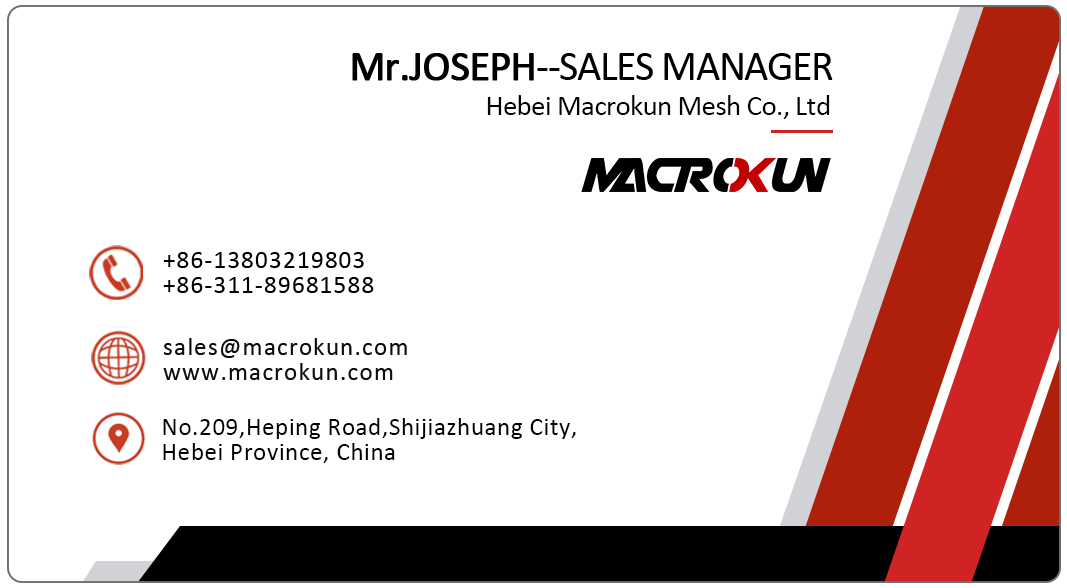
In the world of screen printing, the path to sharp, consistent prints starts long before the first stroke of a squeegee. It begins with a clean layer of emulsion—and the emulsion scoop coater is your most reliable partner in achieving it. This unassuming tool plays a crucial role in preparing a flawless stencil, giving your design the best possible foundation for vivid, crisp results.

Why the Emulsion Scoop Coater Is Indispensable
At a glance, it’s easy to underestimate what the emulsion scoop coater does. Yet, printing professionals know that even distribution of emulsion is the cornerstone of high-quality screen preparation. Uneven or thick areas can lead to washout issues, stunningly poor stencil definition, or increased exposure time. With a proper scoop coater, you apply a uniform emulsion layer, no matter the frame size, ensuring sharp, predictable stencils with every pass.
Built for Reliability and Precision
The best emulsion scoop coater models are constructed from durable aluminum—often anodized for extra resistance to corrosion and wear. Their V-shaped trough neatly holds enough emulsion for smooth coating, while still being easy to clean afterward. Many versions have dual edges: one sharp edge to lay down a thin, delicate coat, and a rounded edge for thicker, heavy-duty layers. This flexibility means you can tailor the coating thickness depending on whether you’re printing fine detail graphics or bold, heavy ink designs.
How It Improves Workflow
Every screen printer, whether hobbyist or professional, knows that preparation can be time-consuming. A reliable emulsion scoop coater streamlines that preparation. Instead of fighting drips or wasting emulsion, you can make one smooth upward pass that evenly coats the mesh. The result is more consistent stencils and far fewer re-burns or wasted screens.
Consistency also translates into predictability. When you know your coating is even, your exposure times are easier to calculate and repeat. This predictability saves both materials and time—two resources no print shop can afford to waste.
Designed for Every Printer
Another advantage of the emulsion scoop coater is its adaptability. Available in a variety of lengths, they can be matched to your exact frame size. Most professionals recommend choosing a coater a few inches smaller than the inside width of your screen. This ensures you can coat edge to edge without spilling emulsion or struggling with awkward angles.
From small-scale studios creating fine art prints to busy shops producing apparel in bulk, the same principle holds true: the right size coater gives you control, stability, and efficiency.
A Tool That Protects Your Investment
Screen printing supplies aren’t cheap. High-quality emulsions, mesh screens, and exposure units all represent a significant investment. Using a poorly designed or makeshift coating tool risks wasting those resources. Too much emulsion means longer drying times and higher costs per screen. Too little, or uneven application, means pinholes and stencil breakdowns mid-production.
By investing in a well-built emulsion scoop coater, you protect your larger investments. Your screens last longer, your emulsions are used more efficiently, and your finished products retain professional consistency. In short, it’s a small tool with a big return.
Comparing DIY Methods vs. Professional Coaters
Some beginners attempt to coat screens with old squeegees or plastic scrapers. While this might seem like a cost-saving shortcut, it usually leads to frustration. Uneven pressure, drips, and wasted emulsion are common. In contrast, a purpose-built emulsion scoop coater has engineered edges and a stable trough that eliminate these problems.
It’s the difference between guessing and knowing. With the proper coater, you can be confident every screen you prepare is coated evenly, reducing the trial and error that slows down production.
Choosing the Right Model
When shopping for your first—or next—emulsion scoop coater, consider a few key factors:
-
Material – Anodized aluminum is lightweight, durable, and easy to clean.
-
Edge Design – Dual-edge coaters offer flexibility between fine detail work and bold prints.
-
End Caps – Plastic or aluminum end caps prevent leaks and keep emulsion contained during passes.
-
Size – Always choose a coater 2–4 inches smaller than your frame’s inner width for best handling.
-
Ergonomics – Rounded grips or anti-tip designs make coating more comfortable, especially for beginners.
Tips for Getting the Best Results
Even the best tool requires technique. To maximize your emulsion scoop coater:
-
Keep your screen clean and degreased before coating.
-
Angle the coater upright at the start and finish to avoid drips.
-
Apply consistent pressure as you glide upward.
-
Dry screens horizontally in a dust-free environment for smooth, pinhole-free surfaces.
These simple habits, combined with the right tool, create a foundation for professional-quality prints.
Beyond Function: Building Confidence
For many screen printers, confidence in their process is just as important as technical results. When you can rely on your equipment, you focus less on troubleshooting and more on creativity. The emulsion scoop coater eliminates a common pain point in preparation, giving you peace of mind that your stencil will turn out right the first time.
That confidence frees you to experiment with new designs, different inks, and advanced techniques without worrying whether your stencil will hold up. It becomes less about fixing mistakes and more about expanding possibilities.
A Small Investment with Big Payoff
Compared to exposure units, presses, or dryers, the cost of an emulsion scoop coater is relatively small. Yet its impact is disproportionately large. By reducing waste, improving stencil consistency, and extending screen life, it pays for itself many times over. For anyone serious about screen printing, this isn’t an accessory—it’s an essential.
Conclusion: The Foundation of Professional Screen Printing
Every detail in screen printing matters, but few have as much influence on final results as the emulsion layer. The emulsion scoop coater ensures that this layer is smooth, even, and dependable. It protects your materials, saves time, and elevates the professionalism of your prints.
Whether you’re setting up your first studio or managing a busy production shop, investing in a high-quality coater is one of the simplest, smartest moves you can make. This tool transforms coating from a chore into a confident, repeatable step—one that sets the stage for brilliant, consistent prints every time.
Pre:Exploring Silk Screening Material: A Sales and Marketing Perspective
Next:Screen Printing Emulsion Scoop Coater: Precision Starts Here
Tags:
